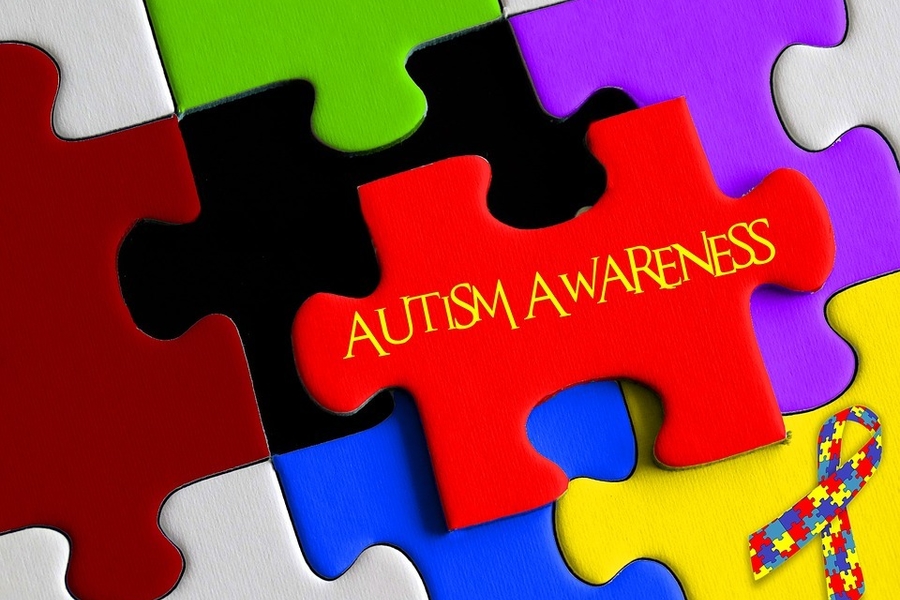
Simplifying Autism: Myths Decoded
17 Apr 2018 | 2 min Read
Dr. Puja Grover Kapoor
Author | 3 Articles
April is Autism Awareness Month. There are several myths associated with the condition that cause more harm than help. Listed below are a few myths with the truth about them.
Autism is a neurodevelopmental disorder comprising of impairment in social interaction, lack of eye contact, liking for sameness, and stereotypes (stimming). The disorder has several myths associated with it which need to be addressed as parents sometimes spend their time and energies in the wrong direction, doing more harm to the child rather than treating the disorder.
Myth 1: Autism is caused by MMR vaccination
The concept was introduced by Dr Wakefield, a gastroenterologist in 1998, by a study on just 12 children. Later, various studies in many countries disproved this and now it is definitely proven that MMR does not cause autism. It is coincidental that regression of speech milestone occurs in children with autism during the period in which MMR is given, that is between 1 to 2 years and no casual relationship is proven.
Myth 2: Autism is a speech disorder
Many parents directly reach out to a speech therapist once they recognise that there is a delay in the speech. They miss other behavioural concerns like lack of eye contact, no age appropriate reciprocal social interaction, preference for same activity etc. Sometimes the child “speaks”, but the words are not meaningful and according to the situation. They will just reiterate a rhyme or numbers or letters of the alphabet, sitting in one corner of the room, ignorant of what is happening in the room.
Myth 3: Certain medications/procedures can cure the disease
Autism is a behavioural disorder which needs a multidisciplinary approach including a developmental pediatrician, pediatric neurologist, psychologist and therapist. A correct diagnosis is the starting point as there are conditions which mimic autism but are not autism. Also there are comorbidities which are associated with autism that need to be addressed.
Myth 4: Once diagnosed with autism, there is no hope.
Once a diagnosis of autism is made, it does not mean that nothing can be done further. There are many success stories of children with autism. With correct approach and timely intervention, children with autism can live ‘normal’ lives.
Also read: Autism: Taking Away The Enigma, Keeping It Simple
Explore the entire collection of articles: Special Needs
A


Related Topics for you
Suggestions offered by doctors on BabyChakra are of advisory nature i.e., for educational and informational purposes only. Content posted on, created for, or compiled by BabyChakra is not intended or designed to replace your doctor's independent judgment about any symptom, condition, or the appropriateness or risks of a procedure or treatment for a given person.
